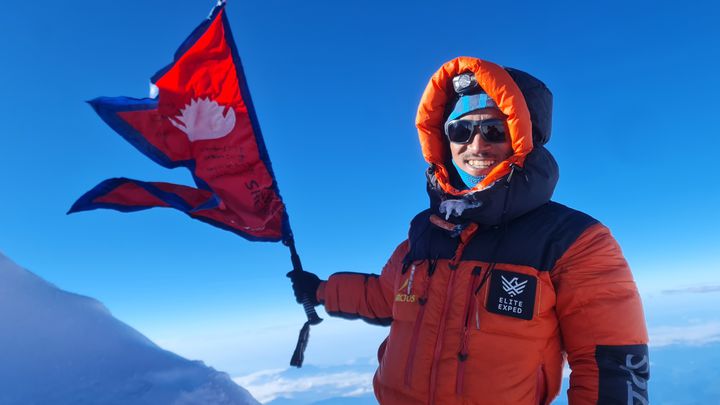When 10 Nepalese climbed K2 together on 16 January last, some said it was the end of an era: the last page in the history of winter climbing seemed to be written. A year later, we can see that this is not really the case: winter Himalayan climbing is booming, with at least four attempts underway on Everest, Nanga Parbat, Manaslu and Cho Oyu. Why the rush?
Currently, there are climbers battling bitter cold on Nanga Parbat, Everest and Manaslu; Gelje Sherpa prepares an all-Nepali team to open a new route on Cho Oyu, and a commercial team is (still) expected on K2.
In addition, we have seen some top-end climbers performing on lesser peaks that seem to ‘grow’ when attempted in winter conditions. Such is the case of Marcin Tomaszewski and Damian Bielecki on a literally frozen up Uli Biaho, and multi-awarded Kazuya Hiraide completing a first ascent on a Shimshali 6,000’er, together with Takuya Mitoro.
A win-win situation
Audiences, sponsors and expedition outfitters are delighted at the new growing trend. It’s a win-win situation.
In the over-commercialized Himalayan giants, winter has become a tag for excellence, an added difficulty that has brought back the enthusiasm of a wide range of public who, in later years, had passed from applauding Everest climbers as superheroes to despise the high-altitude circus of fixed ropes, tons of O2 canisters and dumb tourists dragged by Sherpa workers. Winter means struggle and suffering, and



